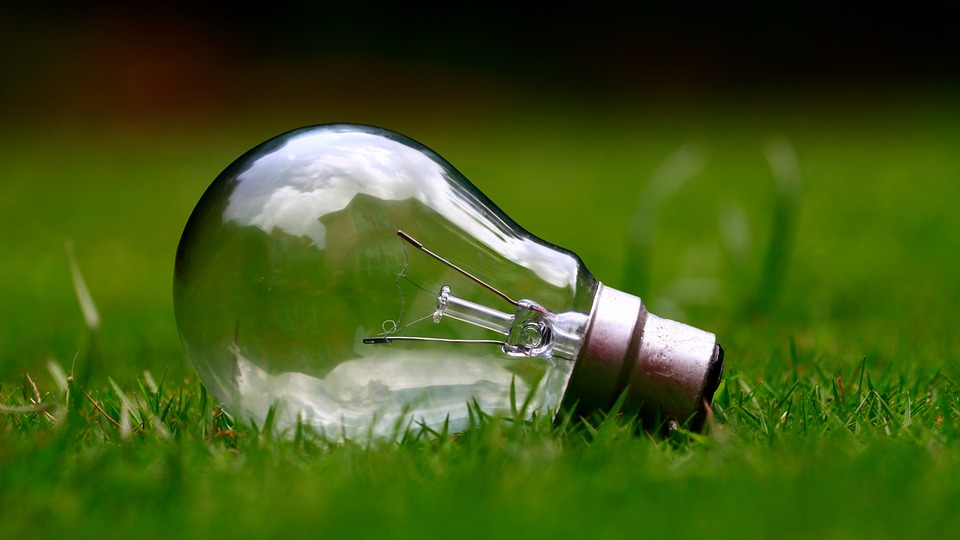Did you know that renewable energy sources account for 25% of the world’s electricity consumption? Although we still have a long way to go, fortunately, understanding the benefits of these forms of energy is growing. For instance, clean energy production is increasing every year, especially in the area of solar energy.
WHAT ARE RENEWABLE ENERGIES?
Renewable energy, also called green energy, ecological energy or clean energy, is energy from natural sources, which is inexhaustible and can be used permanently. Solar energy, for example, is considered green, in part because the sun is expected to power humanity for the next four billion years.
Although all forms of energy impact the environment, specific renewable energy sources – unlike fossil fuels – are characterized by the fact that they do not produce greenhouse gases or other polluting emissions. As a result, they are the most sustainable forms of energy in existence today, and they are prime candidates for efficiently combating climate change.
WHAT ARE THE MOST COMMON FORMS OF RENEWABLE ENERGY?
You undoubtedly know that there are different types of renewable energy, but the most common forms of energy today for human development are the following:
1) Wind Energy
Referring to the term “Aeolus,” god of the winds in Greek mythology, this is the renewable energy obtained using the kinetic energy generated by the wind on the air turbines.

2) Geothermal Energy
This comes from the Greek geo (earth) and thermos (heat). It is the energy generated thanks to the use of natural heat from the interior of the earth. There are three types of geothermal reservoirs: hot water, dry, and geysers.
3) Hydraulic Energy
Hydropower, also called hydroelectricity or hydropower, converts the energy generated by the force of currents and waterfalls into electricity.
4) Seawater Energy.
This is a form of energy obtained by using the tides, where electricity can be generated thanks to the use of a dynamo. A variant of this form of energy is wave energy, which uses the waves of the sea.
5) Solar Energy.
Solar energy is one of the most competitive forms of renewable energy because it captures electromagnetic radiation from the sun through various collectors. The most popular are solar panels or solar cells, but there are also heliostats and solar collectors.
ADVANTAGES OF RENEWABLE ENERGIES
1) Renewable Energies Are Inexhaustible Sources of Energy
Unlike fossil fuels or nuclear power, renewable energies come from finite natural resources and are permanently available.
2) Green Energies Treat the Environment Respectfully
Clean energy does not emit greenhouse gases or other polluting gases that promote climate change. Therefore, they are the essential allies for sustainably obtaining energy.
3) Renewable Energy Sources Avoid Dependence on Outside Sources
Since they are obtained by using natural resources and can be found everywhere on the planet, they have enabled countries to develop their technologies, such as solar panels or panels and wind turbines. Thus, they develop the economy of the region, making it much more autonomous.

4) Green Energy Sources Are Easy To Decommission
Unlike nuclear power plants, there is no need to monitor their waste the moment their operation ends. There is practically zero emission of greenhouse gases (GHG) and other pollutants contributing to climate change.
5) Renewable Energies Are More Favourable To the Labour Structure of Nations
They are more beneficial because they create five times more jobs than conventional energy sources. Indirect job creation (in agriculture, by expanding irrigation systems, livestock and poultry, with the installation of electrified stables, in commerce and services).
What do you think about green energy? Let us know in the comments below!
